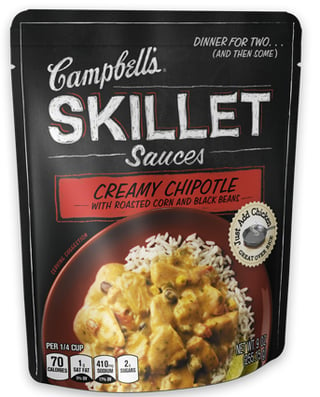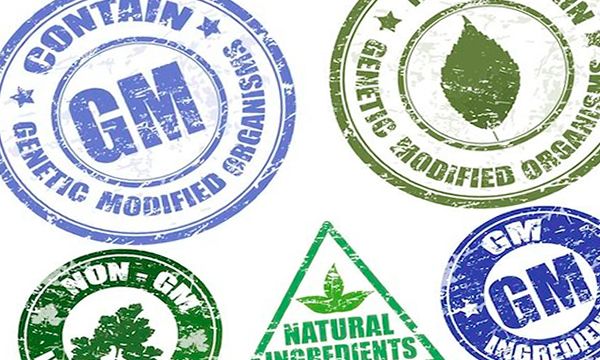To maintain longevity and customer loyalty in today’s fast-changing world, classic brands must strike a careful balance between embracing innovation and staying true to their roots.
People become devoted brand ambassadors when they feel like the product is working to benefit them as individuals and the company is listening to their unique concerns and desires. Major consumer packaged goods brands are making customer feedback a key part of their strategies and culture, and Campbell’s is one iconic company making great strides in this arena. The brand walks that fine line between reinvention and maintaining its classic branding while successfully maneuvering its product line in a way that solves a problem and appeals to today’s modern consumer.
When soup sales were on the decline, Campbell’s took a major risk by packaging many of its new products in stand up pouches, rather than the iconic tin can, which ultimately proved to be a wise decision. The company also acquired several organic food and beverage brands to build its clean-label image and update its organic food packaging to appeal to a younger, savvy generation of shoppers.
Now, the company is once again placing its attention on its product packaging and is making an even more dramatic change. GMO labeling on food and beverage packaging has been a hotly contested issue between consumers and manufacturers alike — a whopping 92 percent of Americans support GMO labeling, while a large number of food and beverage companies have expressed concerns about including this information on their products. Now, Campbell’s is establishing itself as the only major CPG company to publicly announce its stance on the issue.

The company formally declared it will include clear, simple labeling on all of its product packaging that indicates whether or not the item has been produced with genetically modified ingredients. This is a major shift from the company’s former stance on the issue (strongly opposing mandatory GMO labels), but as the brand is responds to consumer desires, advocating for federal legislation requiring all food and beverage companies to include a GMO label on their packaging aligns with the companies goals and objectives for the new year.
Most of the food industry has opposed a mandatory law requiring this information on its packaged goods, as fears about whether or not these labels will push customers away still persist. However, as Kellogg weighs in to Food Navigator on the issue, “transparency is more than just a label,” and it’s up to today’s brands to be as communicative as possible to customers about what ingredients are used in their products and where they come from. Companies have the option to remove genetically engineered items from their product’s recipes, and this will result in clean label packaging that has the potential to attract new customers searching for organic, additive-free food and beverages.
Campbell’s stance on this issue could be considered a potentially game changing development in the GMO labeling debate throughout the United States. If no federal law is passed, the company promises to privately label all of its products with guidance from the DA and approval from the USDA.
This shows consumers that a major brand isn’t afraid to move ahead of U.S. regulators and break ranks with peers. It communicates the ever-important values of transparency and respect customers seek out in the companies they purchase from.
Rather than worrying about losing customers because of a small label on its product packaging (or viewing the label as a “warning”), Campbell’s is working to make it easier for other companies to comply with regulations and for consumers to flock to those amazing products that are wholesome and nutritious.
Currently, the U.S. is full of state-by-state labeling requirements that create unnecessary confusion for consumers. To bypass this, brands have the option to follow Campbell’s lead by privately labeling their food packaging or reformulate their products to exclude GMOs. With so many new options available, companies can overhaul their goods in exciting, inventive ways with organic food packaging that is good for the environment and maintains the high quality of the product inside. Clean label packaging can mark a new era for brands, and changing up product packaging to account for the profound transformation in the way Americans consumer food and beverages is a step toward a greater future.
Related Posts:
How New GMO Food Labeling Regulations Affect Your Retail Packaging







